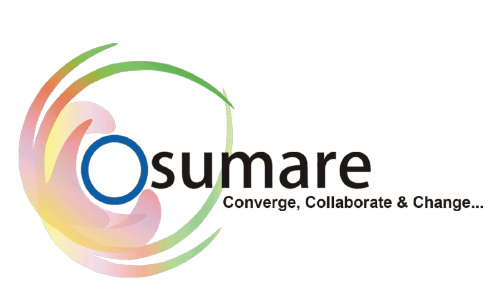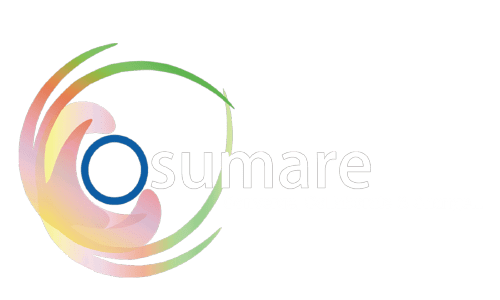In the digital marketing world, visibility is everything. Whether you’re a small local business or a large e-commerce brand, losing visibility in search results — be it paid ads, organic listings, or local SEO — can significantly impact your website traffic, lead generation, and ultimately, revenue.
If you’ve noticed a drop in your rankings, impressions, or click-through rates, don’t panic. This guide breaks down actionable steps to diagnose the issues and reclaim your lost visibility across paid search, organic SEO, and local SEO.
Also Read: Advanced Link Building Strategies For National, International & Local
1. Diagnose the Drop: Where and Why Did It Happen?
Before taking corrective action, it’s crucial to identify what kind of visibility you’ve lost:
Paid Search (PPC): Have your Google Ads impressions or clicks dropped?
Organic Search: Are you seeing a decline in traffic via Google Search Console or analytics?
Local SEO: Have your Google Business Profile views, calls, or map impressions declined?
Tools to Use:
Google Analytics & Search Console
Google Ads Dashboard
Google Business Profile Insights
SEMrush, Ahrefs, or Moz
Local Rank Tracker tools (like BrightLocal)
Determine whether the drop is due to algorithm changes, budget adjustments, ad disapprovals, negative reviews, NAP inconsistencies, or even website errors.
2. Regaining Visibility in Paid Search (PPC)
Paid visibility can be affected by multiple factors — from ad quality and bidding strategies to audience targeting and competition.
Actionable Steps:
a. Review Ad Quality Score
Your ads may be shown less often if the quality score drops. Check:
Relevance of your ad copy to keywords
Landing page experience
Click-through rate (CTR)
b. Audit Keyword Performance
Pause underperforming keywords and focus on high-converting ones. Consider adding:
Long-tail keywords
Negative keywords to eliminate irrelevant traffic
c. Budget & Bidding Optimization
If your visibility dropped after budget changes, consider:
Increasing budget during peak hours
Switching to automated bidding (like Target CPA or ROAS)
d. Competitor Benchmarking
Use tools like Auction Insights in Google Ads to see if competitors have outbid you.
3. Regaining Organic SEO Visibility
Losing organic search visibility can feel like falling off a cliff — but it’s reversible with a focused content and technical SEO strategy.
Actionable Steps:
a. Check for Google Algorithm Updates
Visit Google Search Status Dashboard or check SEO news for any recent core updates.
b. Fix Technical Issues
Identify crawl errors, broken links, and slow-loading pages
Optimize for Core Web Vitals
Ensure mobile-friendliness
c. Content Optimization
Update old blog posts with new data and keywords
Ensure your content aligns with search intent
Remove duplicate or thin content
d. Backlink Audit
Lost links = lost authority. Use Ahrefs or SEMrush to:
Find and recover lost backlinks
Build new quality backlinks through outreach and guest blogging
e. Schema Markup
Use structured data for products, articles, and FAQs to improve how your pages appear in search results (rich snippets).
4. Regaining Local SEO Visibility
If your local business dropped off the map (literally), it’s time to strengthen your Google Business Profile and local trust signals.
Actionable Steps:
a. Update Your Google Business Profile (GBP)
Ensure NAP (Name, Address, Phone) consistency
Add high-quality photos, business hours, services, and posts regularly
Respond to reviews — especially negative ones — promptly
b. Get New Reviews
Fresh, positive reviews can improve your local rankings and trustworthiness. Encourage satisfied customers to leave reviews on Google and other platforms like JustDial, Yelp, or Facebook.
c. Local Citations & Directory Listings
Check and update your listings on local directories (e.g., Sulekha, IndiaMart, Yellow Pages). Consistency in NAP is key.
d. Use Local Keywords
Add city or neighborhood-based keywords to your website content and meta tags, e.g., “Digital Marketing Agency in Pune.”
e. Embed Google Map & Optimize for ‘Near Me’ Searches
Ensure your business address is embedded via Google Maps on your website. Optimize for searches like “salon near me” or “best gym in Kothrud.”
5. Unified Strategies to Maintain Visibility
To sustain growth, your paid, organic, and local strategies must support each other.
a. Cross-Channel Keyword Strategy
Identify top-performing keywords in PPC and integrate them into your SEO content strategy.
b. Remarketing
Re-capture lost website visitors via Google Display Ads or Facebook retargeting.
c. Landing Page Optimization
Improve conversion rates on your pages by testing:
Headlines
CTAs (Calls to Action)
Mobile responsiveness
Loading speed
d. Competitor Research
Monitor what your competitors are doing across search and social — and aim to do it better.
6. Track Progress & Stay Agile
Regaining visibility takes time, but consistent tracking ensures you’re on the right path.
Metrics to Monitor:
Impressions & Clicks (Search Console / Ads)
Local Map Views & Calls (GBP)
Bounce Rate & Average Session Time (Analytics)
Conversion Rate (form fills, calls, purchases)
Regular monthly SEO audits and ad performance reviews are essential to catch any future dips early.
Final Thoughts
Loss of visibility doesn’t have to mean loss of business. Whether it’s a Google algorithm shift, increased competition, or internal website issues — the key is quick diagnosis and deliberate action. By aligning efforts across Paid, Organic, and Local SEO, you not only recover lost ground but also build a more resilient digital presence.
Need expert help recovering your rankings or improving your paid campaign ROI? Contact our digital marketing team today — we specialize in holistic, ROI-focused strategies that bring you back to the top.

